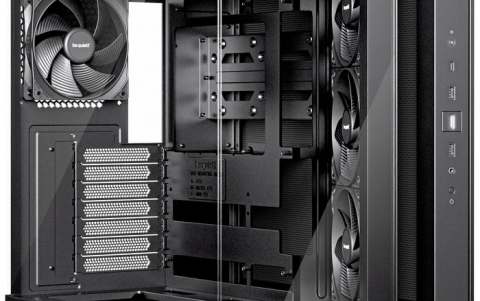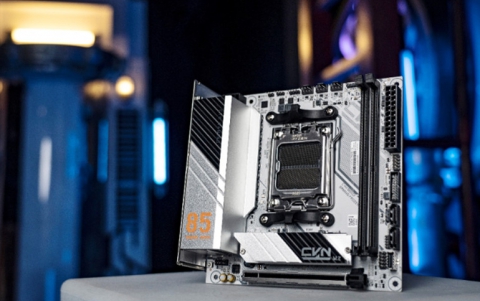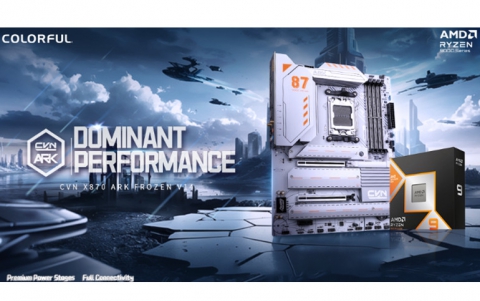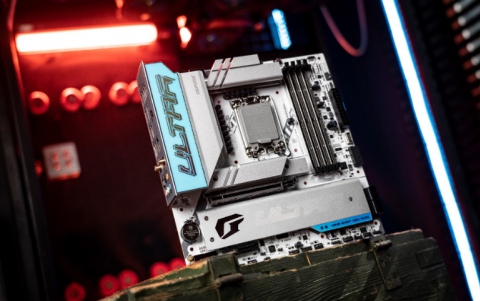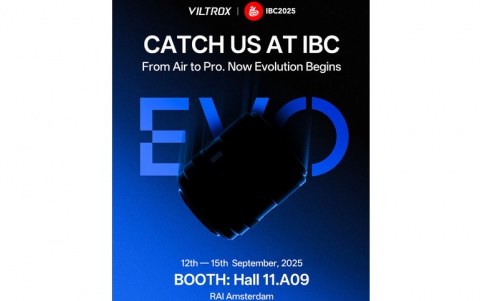VideoCD Format
4. Making a VCD
Making VCD - Page 4
What i need for making an VideoCD? (Source)
1. An MPEG-1 capture device
Capturing directly to MPEG-1 has the advantage of taking up much, much less disk space than AVI and also doesn't require a long encoding time either. However, editing an MPEG-1 video stream is not as strainght forward as editing AVI's. I use Dazzle's paralell port DVC device for my MPEG-1 capture.
2. A Video Capture Board
For people using AVI capture boards and not MPEG capture boards I would recommend a capture board that is capable of MJPEG compression. The will greatly recude the amount of available hard disk space you will require while maintaining excellent video quality. I use the Matrox Rainbow Runner G-series which is connected to my G200 and a friend of mine uses a Matrox Marvel G-200 TV.
3. Something To Capture From
This can be anything from a simple monitor top video camera, VCR, Camcorder, TV tuner or DVD.
4. A Big Hard Disk
I have a dedicated 16.4GB disk for capturing. When defragmented I can get about 7mb/sec transfer rate. The faster the better but 3mb/sec should be OK for most people capturing MJPEG compressed AVI's. If your have an MPEG-1 capture device then a much smaller hard disk will be fine.
1 hour of MJPEG compressed AVI 352x240 : 4GB Approx
1 hour of MPEG-1 352x240 : 650MB Approx
5. A CD Writer
So long as your CDR/CDRW is supported by one of the CD writing applications listed below then you should be fine.
You will definantly look for the following specs :..
1. A Fast Processor
Encoding AVI to MPEG-1 in software is a time consuming task. The faster your processor the better. I use a single PII 400mhz which can encode half an hour a MJPEG compressed AVI to MPEG-1 in just over an hour using Xing MPEG Encoder 2.20. As such I tend to run batch encoding jobs overnight.
2. RAM
I don't know how important the amount of RAM is to the capturing and encoding process. But I have 128MB PC-100 SDRAM in my system and this seems to be fine.
3. PCI Sound Card
When capturing to AVI most boards recommend you have a PCI sound card. The reason for this is that sometimes when using an ISA based sound card there is latency in starting the audio capture. This results in a capture where the audio is slightly out of sync with the video. I have an AWE32 (which is ISA) and have never had this problem, but this is probably due to the excellent capturing software I use.
Ok. I read those..Give me more specific points of what I must do:
1) Capture full-frame video, i.e. both fields. (480 lines for
NTSC, 576 for PAL).
2) De-interlace the video frames. This properly combines the two captured fields
into a single frame.
3) Smoothly resize the de-interlaced frames down to your output size, typically
352x240 for NTSC, or 352x288 for PAL. (The "smooth resize" process
is sometimes called "resampling".)
4) Encode the resized frames with a software encoder.
How I make Video CDs using Buz?
1) Digitize the source footage. I'm using the Iomega Buz, and I grabbed the material using 720x480 resolution (NTSC), 60 fields/30 frames per second, 100K/frame. Why didn't I just use 352x240 resolution, since that's what a VideoCD is anyway? Because capturing at the lower resolution grabs only 30 fields/30 frames a second, and can produce jerky video.
2) Using Adobe Premiere, trim the clips down to where they needed to be (since some scenes would have exceeded the 1GB MCI file size threshold, I had to go through in some instances with over- lapping captures and do a frame-accurate splice).
3) Right-click each clip in the timeline and select Field Options -> Always Deinterlace. (This takes the 60 fields/second of my 720x480 source footage and creates the 30 fields/second of the 352x240 destination clip).
4) Using Xing's MPEG Encoder and the Premiere 4.2 plug-in, I did a "Make Xing Movie" for each of the 'scenes' (since TNT airs the series with commercial breaks, and since I wasn't too inclined to put those in, I rendered each bit between commercials). I did each 'scene' separately to avoid Premiere 4.2's problem with drifting audio/video sync; again, I could be totally confused on this, but it all seemed to work, so I don't know.
This might be an unnecessary step. Note that this is the most time-consuming step; on my system (P166MMX, 128MB SDRAM, 5.1 GB UDMA Western Digital dedicated to video, 2GB UDMA Maxtor for the OS and apps) it took roughly 1 hour per finished minute to build the MPEG files. Note also that if the Xing MPEG encoder price is a bit steep, the free AVI2MPG1 program is said to create VideoCD-compliant files. I don't have any first-hand experience with this, however.
5) Using a DOS command prompt from within Windows, I went into the directory where the MPEG files created in Step 5 resided, and combined them into one: COPY /B FILE1.MPG+FILE2.MPG+FILE3.MPG+FILE4.MPG FINISHED.MPG (Yes, this works, at least on my system using my software.)
6) Used the NTI CD-Maker Pro 95 v3.0 software that came with my Memorex CRW-1622 CD-ROM burner to burn the FINISHED.MPG file onto a CD-R blank (Verbatim Datalife Plus) The most popular burners out now seem to all come with the Adaptec EZ CD software. Note that you will need the Deluxe version to create Whitebook VideoCD compliant discs; you can buy it for around $99.
7) Playback your VideoCD on a VCd or DVD player. Sony Playstation and Sega Saturn game consoles can playback Video CDs, but whether or not they can read CD-R media (almost nothing save a CD-ROM drive specifically designed to do so can read CD-RW, so don't even try).
The results look absolutely incredible when played back on a Sony DVD deck. In my limited experience (taking sample Video CDs shopping with me), I found that at the local Best Buy, only the Sony and Pioneer model DVD players will read burned (CD-R) Video CDs; the Panasonic, Toshiba, and RCA decks refused to initialize the disc.
How I make VCDs from VHS?
You need a capture card (such as a TV Tuner or a card with video-in), big HD space, fast computer and a software MPEG encoder. Also need approximately 250 MB / minute (15 GB for one hour). If that looks quite enormous you can capture 20 min files encode them and add them together into end. A hardware MPEG encoder could be used to reduce the need for that big HD space.
1. Connect your VHS to the the video-in on your card.
2. Start your graphic-card/tv-card capture application. Put Audio into 44 kHz 16 bit Stereo. Video should be at least in 352 x 288 (for pal) or 352 x 240 (for NTSC). If you live in America you probably have NTSC then select 29,97 frames/second. If you live in Europe select 25 frames/second. Select Full Frames (no compression).
3. Hit CAPTURE and Play on your VHS. If get messages that you loose frames then consider buying new (faster) computer or HD.
4. After you make the avi file use the software MPEG1 encoder (Panasonic or DV Mpeg). Launch the encoder and open your avi file. Select VCD-PAL (352x288 25 fps/s) if you captured in that or VCD-NTSC (352x240 29,97 fps/s). Hit Encode and wait several (h) until it ends..
If your mpeg's files are splitted use iFilmEdit to add the them together to one MPEG.

